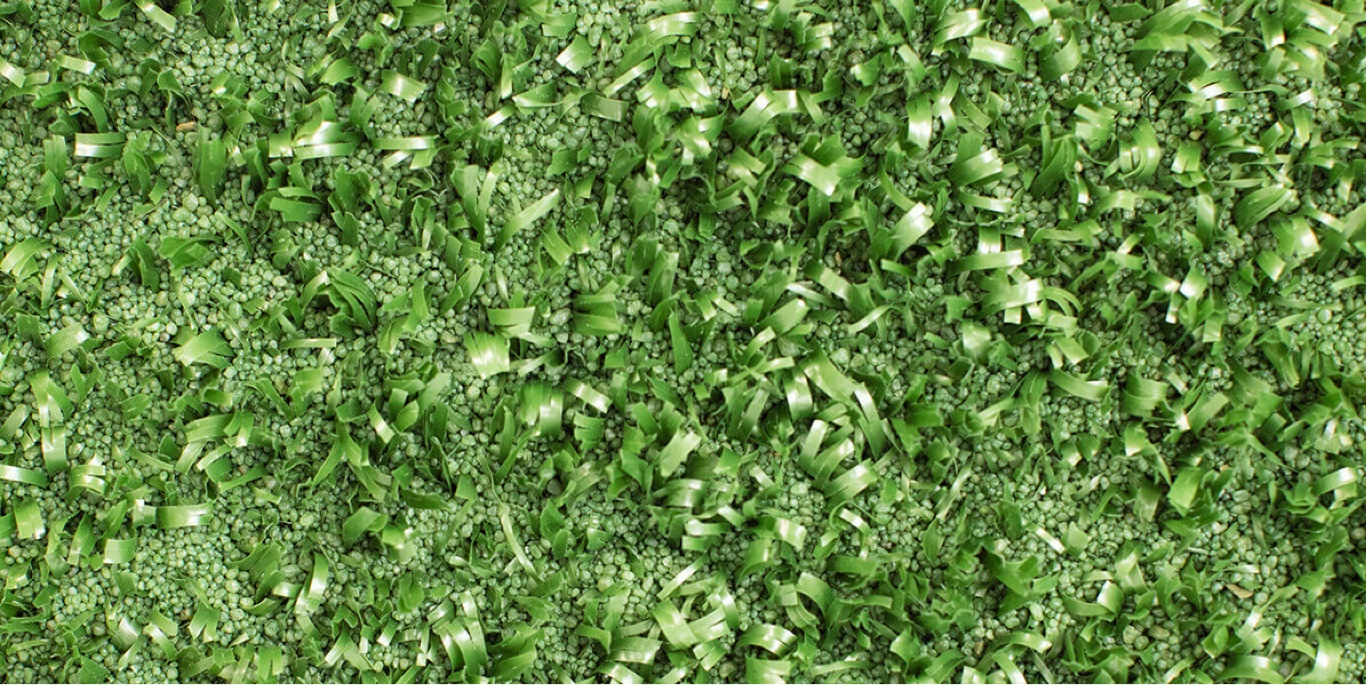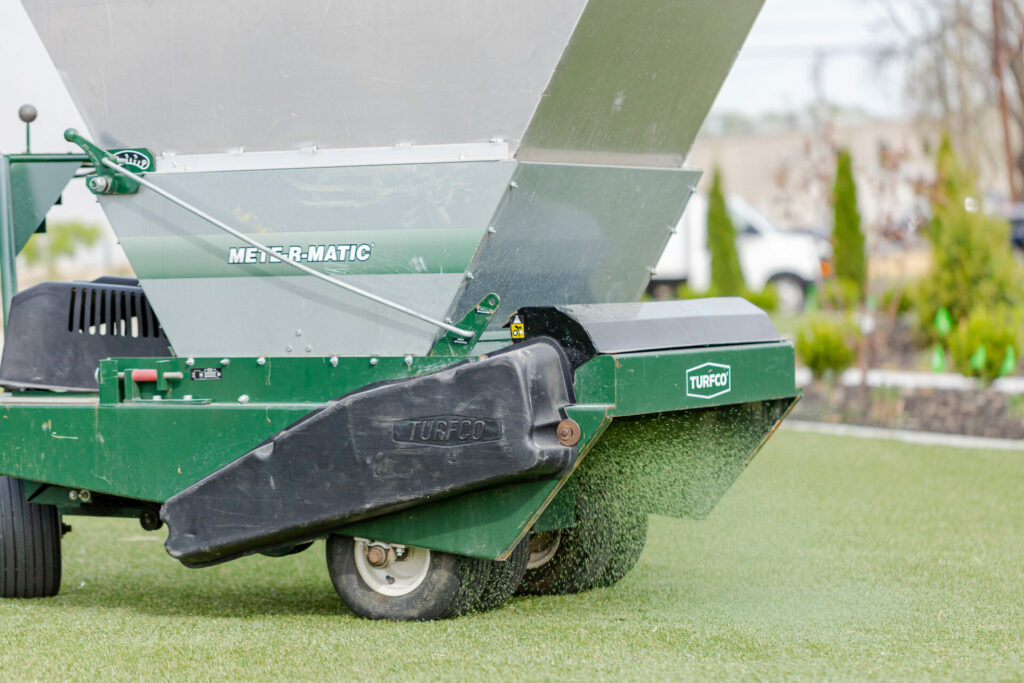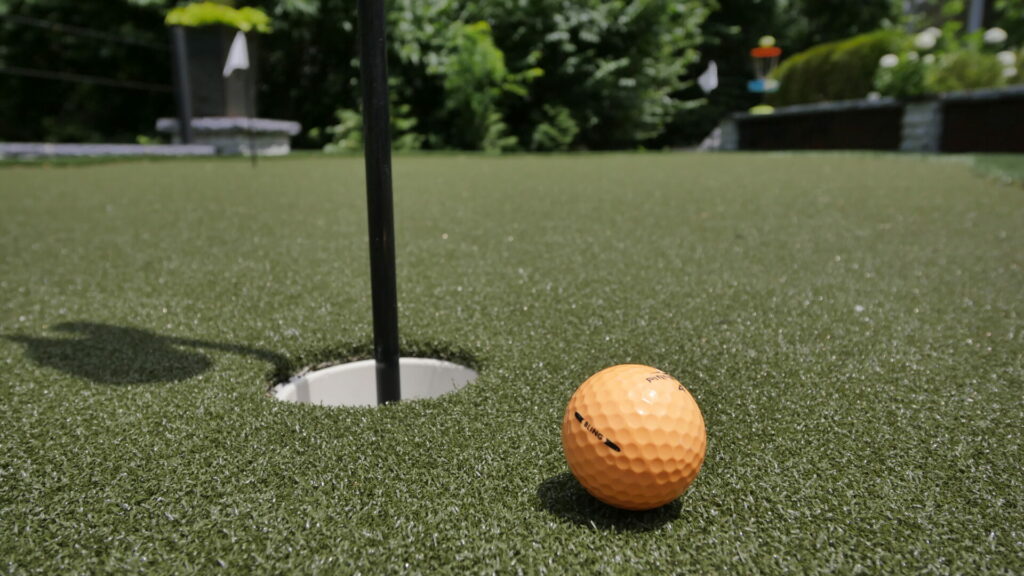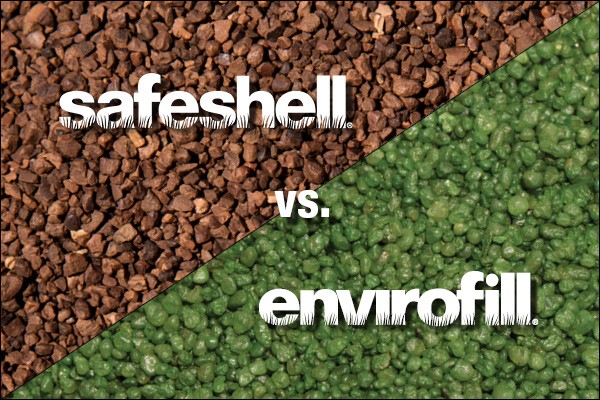
Infill Landscape Blog
Subscribe To Email Updates
Subscribe to our weekly newsletter and we’ll send updates straight to your inbox
What is an SDS and How Do I Read One?
As you search for the best synthetic turf and turf infill combination, there are many factors to consider. Product performance, longevity, sustainability, and so on. One often overlooked piece of information is a product’s SDS.
Material Safety Data Sheets (MSDS), now abbreviated as Safety Data Sheets (SDS) are documents that provide useful information on chemicals, products, or components. They describe the hazards, or lack of, that a product presents. They also provide information on proper handling, storage, and emergency measures in case of an accident, spill, or exposure. In 2012, the International Hazard Communication Standard (HCS) revised the requirements of an SDS to make it a more user-friendly and easy to follow format. The HCS allowed a grace period for manufacturers to update their MSDS to the new SDS format, and as of 2015 all manufacturers should now follow the new 16 section format.
The new SDS format also adheres to the Globally Harmonized System (GHS) of classification and labeling of chemicals. This GHS system is an international standard, ensuring that an SDS will be similar from country to country. The GHS is a set of guidelines first developed by the United Nations. It is used to classify chemical data, identify health/physical/environmental hazards, ensure safe manufacturing/handling/use, and provide a well-defined system to communicate a chemicals information and protective measures.
The new 16 section format is ordered in a way that the first eight sections of the SDS provide quick information required by product handlers or emergency personnel. Sections nine to eleven include technical information, physical properties, and chemical properties. Sections twelve to fifteen are not mandatory but are required to have a fully GHS compliant SDS. The final section includes information about the SDS such as revision date(s) and changes since last revision. Consumers and product handlers would look at an SDS differently from one another. A synthetic turf or infill consumer/end user would likely only find benefit from sections 1, 2, 3 and 8. A synthetic turf or infill handler (warehousing, transportation, etc) would find benefit from sections 1 through 8 as they have different interactions with the synthetic turf and infill than a typical consumer. Whatever your role, it will always be helpful to review each SDS section to fully understand your synthetic turf and infill product.
The 16 sections of a compliant SDS are as follows (in order):
- Identification – product and company. Basic product identification including manufacturers name, address, and contact info, as well as recommended uses and use restrictions.
- Hazard Identification – Includes product hazards and required label elements.
- Composition/Information on Ingredients – Information about Product ingredients.
- First-Aid Measures – Information relating to symptoms and first-aid treatment.
- Fire-Fighting Measures – Specifies suitable extinguishing techniques and equipment.
- Accidental Release Measures – Lists emergency procedures, protective equipment, containment, and cleanup methods.
- Handling and Storage – Precautions for safe handling and storage.
- Exposure Controls/Personal Protection – Permissible exposure limits (PELs), threshold limit values (TLVs) and personal protective equipment (PPE).
- Physical and Chemical Properties – Basic physical and chemical properties information.
- Stability and Reactivity – Specifies products reactivity and stability properties.
- Toxicological Information – numerical measures of toxicity as well as toxicological effects with routes of exposure, related symptoms, and acute/chronic effects.
- Ecological Information (non-mandatory) – Ecological toxicity, degradability, and other ecological related items.
- Disposal Considerations (non-mandatory) – Waste treatment methods, and containment packaging.
- Transport Information (non-mandatory) – Contains DOT (US) and other transportation information.
- Regulatory Information (non-mandatory) – Identifies safety, health, and environmental regulations not listed in previous sections.
- Other Information – Latest revision date, may also specify what revisions were made.
It is recommended that companies have readily available for all employees an SDS for each product they handle/store. Of course, this is much more important when dealing with hazardous products/chemicals, but it doesn’t hurt to have one for ALL products including the non-hazardous. If an employer does not have an SDS available for a particular chemical or product, they should contact the manufacturer to obtain the latest version. As a consumer, you should request a product’s SDS, so you can learn more about the products you purchase.
Similar Blogs



